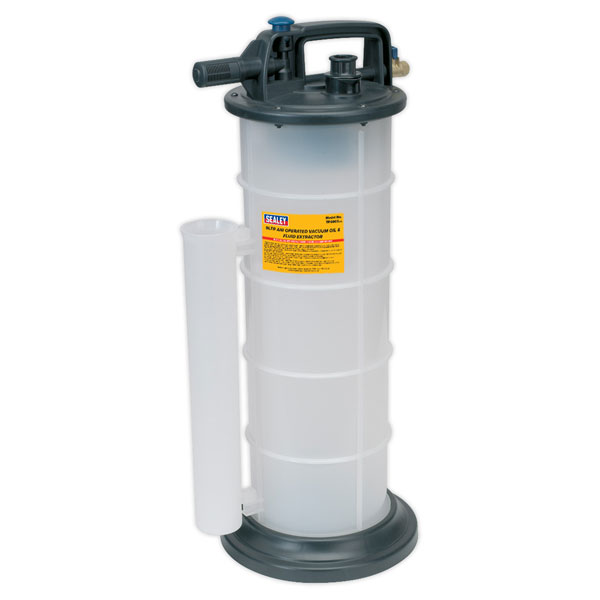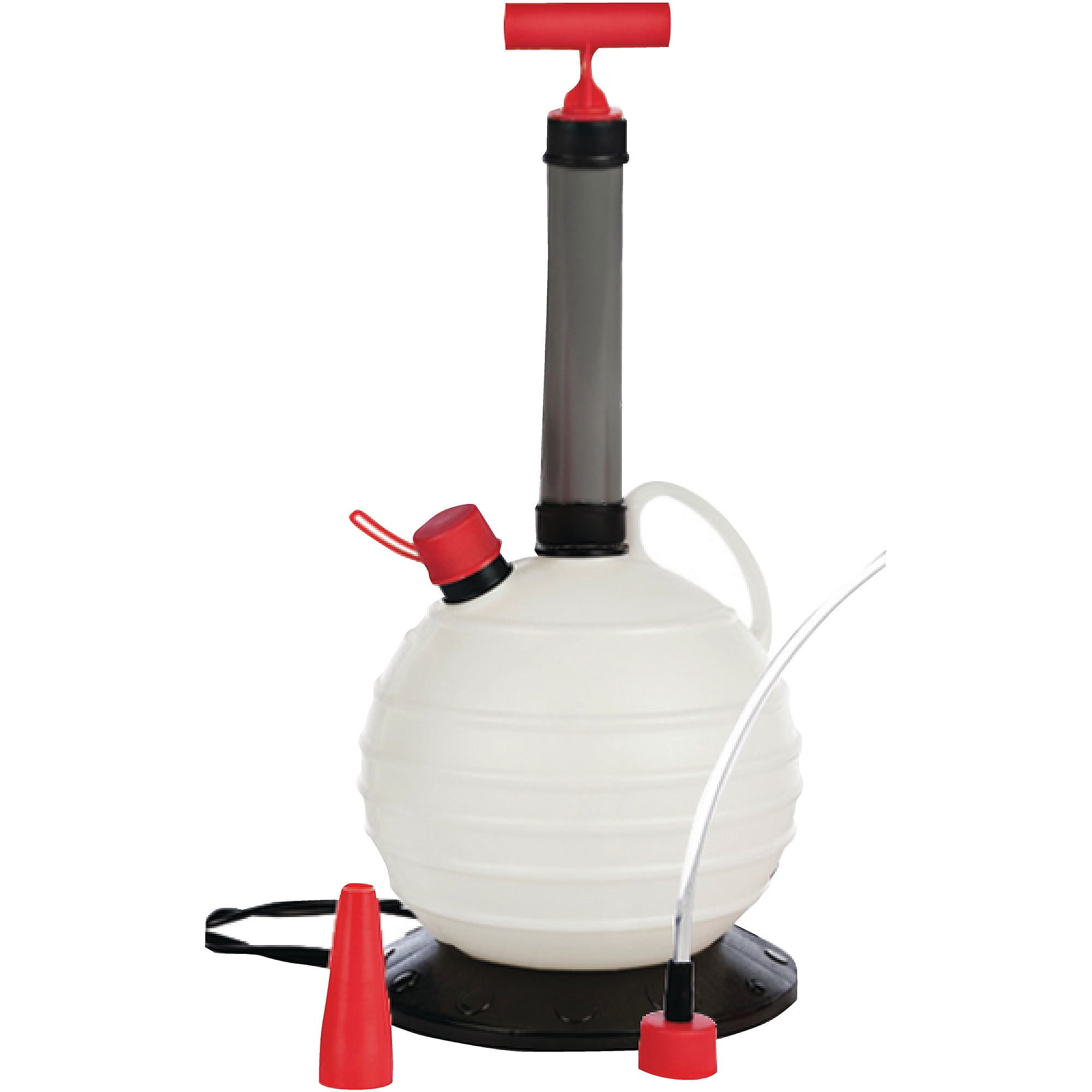

Olive oil mills very rarely use a modern crushing method with a traditional press. Allow the fruit enzymes to produce some of the oil aromas and taste.Allow enough time for the olive drops to join to form the largest droplets of oil.The olive paste generally stays under the stones for 30–40 minutes. This basic method is still widely used today, and it is still a valid way of producing high quality olive oil if adequate precautions are taken.įirst the olives are ground into an olive paste using large millstones at a corporate oil mill. The olive residue that remained was used for lighting fires. Filtering the oil produces a clearer batch of oil. After settling, the oil rises to the surface and is removed by way of decantation. The extracted liquid which is obtained consists of oil and vegetable water ( amurca) mixed together, and runs off into a pit. It was then placed within frails (being no more than flexible, woven baskets made of thick fibrous material, usually of rushes, palm fronds, hemp or willow splints), stacked one on top of the other, to which was applied a stone weight to release the oil from the pulp. After which, the pulp was collected and kneaded. Formerly, the upper milling-stone was turned by a beast of burden pulling a wooden beam attached to the stone. Traditional olive-presses consisted of a large, cylindrical millstone mounted by an upper milling-stone used to grind the olives and their pits into a pulp. Olive presses were traditionally built within walled structures. The oil and vegetation water are then separated by standard decantation. An olive press works by applying pressure to olive paste to separate the liquid oil and vegetation water from the solid material. Roman olive presses survive to the present time, with a notable collection present at Volubilis in Morocco. People have used olive presses since Greeks first began pressing olives over 5,000 years ago. Reconstruction of an ancient Greek olive oil extractor For more guidance, see Wikipedia:Translation.You should also add the template to the talk page.A model attribution edit summary is Content in this edit is translated from the existing Italian Wikipedia article at ] see its history for attribution. You must provide copyright attribution in the edit summary accompanying your translation by providing an interlanguage link to the source of your translation.If possible, verify the text with references provided in the foreign-language article. Do not translate text that appears unreliable or low-quality.

Consider adding a topic to this template: there are already 2,700 articles in the main category, and specifying |topic= will aid in categorization.Machine translation like DeepL or Google Translate is a useful starting point for translations, but translators must revise errors as necessary and confirm that the translation is accurate, rather than simply copy-pasting machine-translated text into the English Wikipedia.View a machine-translated version of the Italian article.


 0 kommentar(er)
0 kommentar(er)
